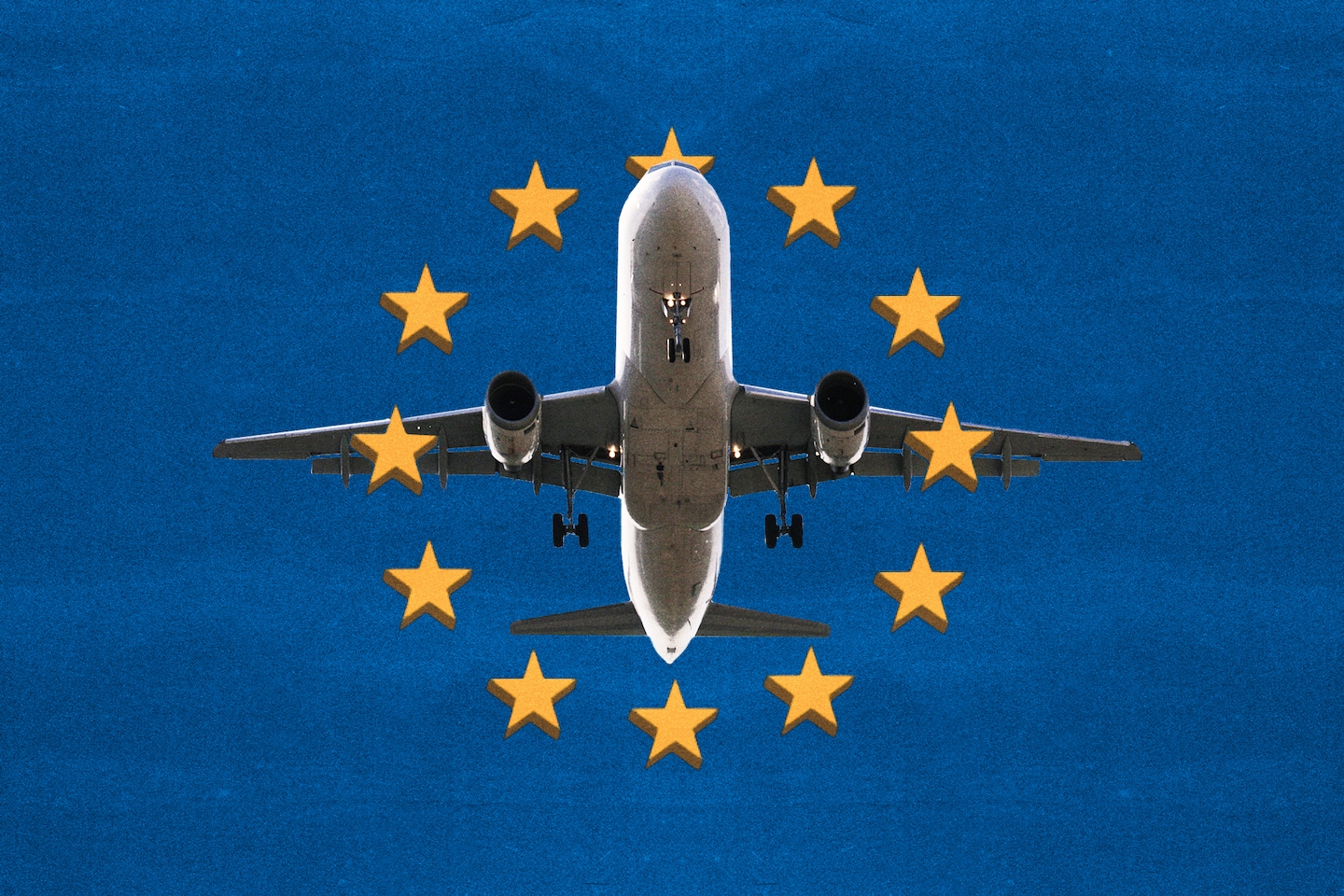Europe’s “border-free” Schengen zone has added travel protections for two more countries, making it easier for more people to explore the southeastern region of the continent.
Romania and Bulgaria partially joined the Schengen area on Sunday, which means visitors who arrive by air or sea from other countries in the zone can cross their borders without an ID check. Land borders will remain subject to ID checks because of opposition led by Austria, which has long cited irregular migration as a concern when it comes to welcoming the two Eastern European states into the Schengen agreement. The move comes more than a decade after Romania and Bulgaria joined the European Union.
The European Commission had previously recommended that Bulgaria and Romania be admitted to join the Schengen zone, starting in 2011 and most recently in 2023. A combination of internal problems in the two countries and opposition from other countries citing irregular migration concerns — especially after the so-called “migrant crisis” of 2015 — meant they were caught in “Schengen purgatory” until now, according to Leon Züllig, a researcher and Schengen expert at Germany’s Justus Liebig University Giessen.










